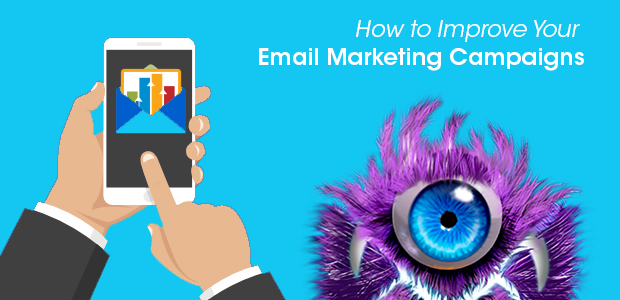Email marketing campaigns are still an effective way to get closer to your potential customers, as 90% of emails reach the right prospect’s inbox and 91% of users check their email daily.
For marketers using a people-centric email marketing strategy – a strategy in which offers, messages, and frequency of communication are tailored to subscribers – the challenge is to improve effectively without sacrificing personalization. makes email work so well in the first place.
How to use data in an email marketing strategy
To do this skillfully, you will need to understand how to use data to segment your list; Take advantage of the knowledge of your sales team and identify when and what to automate. This was stated by Kerel Cooper, who is Senior Vice President of Global Marketing at LiveIntent, in his most recent speech at the Live @inbound 2019 event, held in the city of Boston.
In this meeting, the specialist highlighted that to efficiently use the data in a campaign, you must first understand the following points:
Understand why email will power the future of human-centric marketing.
Identify where artificial intelligence (AI) can help with the heavy lifting.
Learn how to use data to segment subscribers and engage customers at points throughout their buying journey.
Emphasizing the evolution of email marketing, it is possible to note that ten years ago, everyone said “email is dead”, but now it is growing in popularity.
Many companies now use email newsletters to send personalized information to their customers. Instead of going to a company’s home page for advice, more and more people are now using email as a way to get new information.
Why is email marketing important to your business?
- Systematic way of building relationships.
- Fundamental mechanism for having consistent points of contact.
- Client retention.
Key statistics about email
- 4 hours is the time people spend on their email
- 7 billion active email users worldwide
- 72% of people prefer content through their email
- 89% of marketers say that email is the most important piece of data.
- 122% return on investment by email
- Access your inbox from anywhere
- 60% First read the mail from your mobile
- 25% of people check their email before getting out of bed.
The buyer’s journey
Karel talks about leveraging emails at every stage of the sales funnel. In more detail it can be specified that the points of greatest interest in the interested party’s shopping trip are the following:
- Interest: segment and personalize, let your brand shine, have a powerful and consistent call to action with the brand.
- Conversion: color and images, directional signs, nifty subject lines, a powerful call to action.
- Retention: educate your customers, it’s a nifty subject line that kills two birds with one stone: educate and sell.
An email marketing strategy must be considered and thought out well before the moment in which the first “Send” is executed. As we have seen, points as interesting as thinking about the routine of habits of the possible recipient of the mail.
A good text that stands out on the subject of the same and the way in which the needs of that reader are thought can make the difference between going to Spam or achieving a good prospect with this technique.

